Kitchen table positive for 1,400 ppm Lead, yet overlooked by an inspector as an exposure source for a child’s Blood Lead Level.
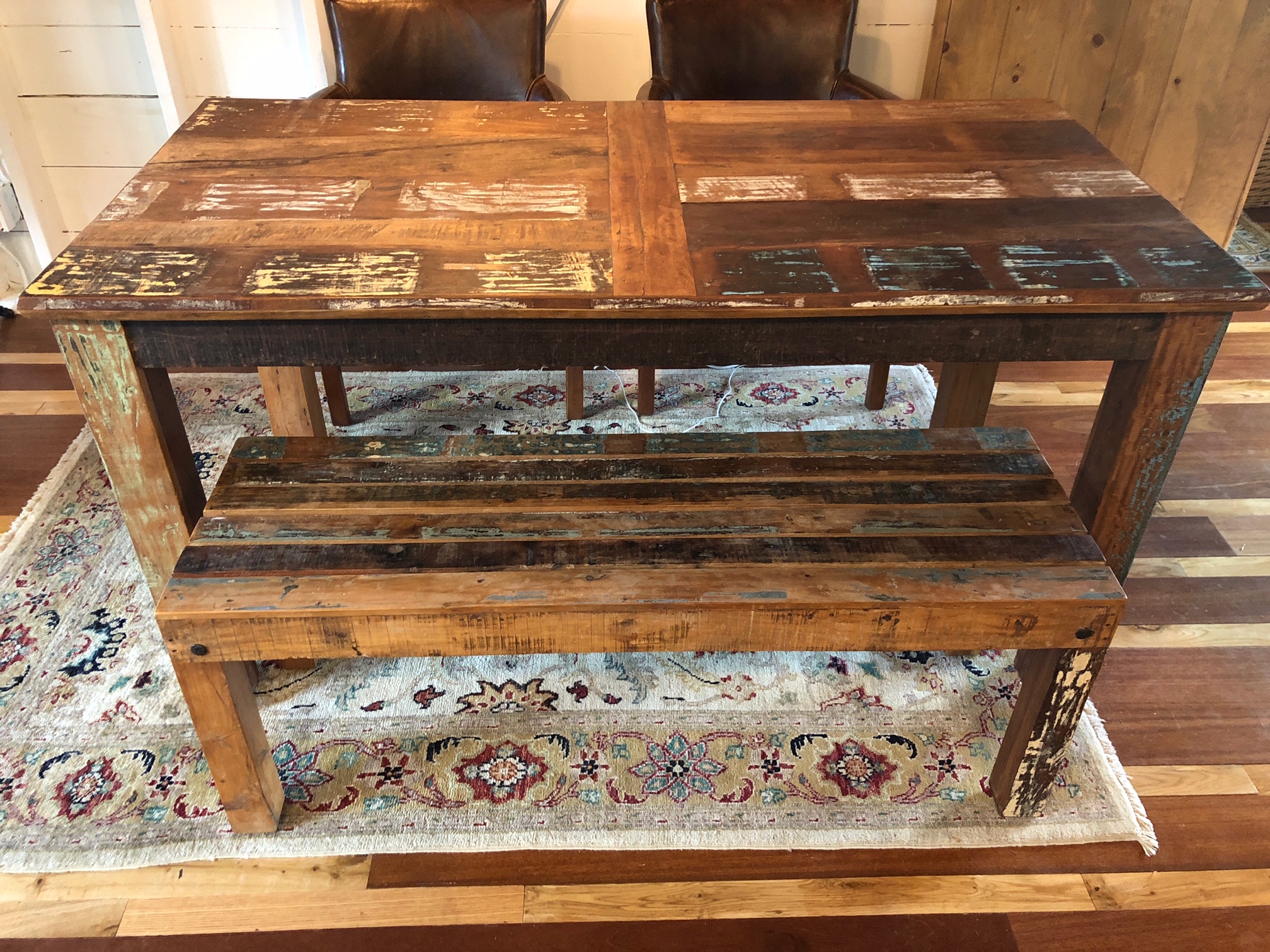
This kitchen table was positive with levels as high as 1,400 ppm Lead — a hazard that was overlooked, considered insignificant by an inspector, yet was a likely primary source of exposure for a child.
A family I visited last year had an unidentified “mystery” source of persistent Lead exposure for their three-year-old son. The boy had a Blood Lead Level (BLL) of 3.0 that was not going down over time (three years — most of his young life!).
They hired a licensed hazard inspector – who had “done a full inspection” — but stated that he “did not find anything that was particularly concerning”. He made a few recommendations for minor remediation measures in the home, but these were not in areas where the child played — nor were they building components of the home that were even accessible to the child.
After these minor issues in the home were remediated, the child maintained his persistent blood lead level (BLL) of 3.0. [The mother had also tested positive for Lead in her blood and her BLL was also not going down after the remediation.] The parents were stumped.
When they learned I was going to be in the area, they asked me if I could do a home visit with them to help solve this mystery.
In my home consultations I spend time with the family – and often with the children as well, observing how they interact with their home – and work with them to identify any potential sources of Lead exposure for their family, being as through as possible. As an important part of this process especially when prior professional inspection has been unable to positively identify a likely source of exposure that would explain a persistent elevated BLL, we look through toy boxes, dig through dressers, and open and empty cabinets and drawers – out of a commitment to “leave no stone unturned”.
A lot of the focus of my work is on dishware [in part because that is what most families are concerned about – with good reason — as the presence of high levels of Lead, Cadmium and other neurotoxic metals in many ceramic glazes has been identified as a common possible source of chronic exposure], but I also take a good hard look at furniture, jewelry, toys, art supplies – and more important, the daily habits and activities of the family, and how they use and interact with the objects in their home.
Every now and then I have an “aha” moment upon entering a home — and this was one of those times…
The moment I walked into their kitchen and saw this table, I was fairly certain it would turn out to be the source of the child’s exposure (even prior to any testing to confirm my “educated hunch”)! It was one of those moments where I get goosebumps (first), and then later get angry that this obvious hazard was overlooked — first by the manufacturer of the table*, then by the store selling the table*, and finally by a certified and licensed hazard inspector.
*Note: manufacturing and selling a table like this, with lead painted elements is not considered illegal by any regulatory standard primarily due to the loophole that it is not considered to be an item intended for use by children.
Please continue reading below the image.
This table was the only table in what was a fairly small one-bedroom cabin-style home, and therefore it was the central spot for many activities for this three-year-old boy — including eating, art projects, sensory play (like play-doh), and any other activity that a small child might do at a table (most of which involves a significant amount of normal hand-to-mouth activity at that age) on a daily basis.
As children do, the child would also eat food that spilled from his plate to the table (noodles or fruit or whatever it might be), and the mother did not think twice about this being a concern for Lead, after the hazard inspector had told her the the table was, in fact, “negative” for Lead when he tested it!
The.Table.Was.Not.Negative.
All of the worn painted areas of the table and bench were positive for Lead – in varying amounts — with some levels [detected by a Niton XL3T XRF, reading in “Consumer Goods” mode] coming in as high as 1,400 ppm Lead! For context, the amount of Lead that is considered unsafe for children (in the paint or coating of any product manufactured today) is anything 90 ppm Lead or higher.
This photo (below) is a close-up of the surface of the table — an example of the popular “shabby-chic” / (intentionally) “distressed-paint” look. Please continue reading below the images.
Why then did the inspector say the table was “negative”, allowing the child to be persistently poisoned by it even after his visit?? The answer to this question is simply that “the system” is fundamentally broken!
For those who are curious (and have the bandwidth to follow a somewhat tedious/geeky – but vitally illuminating – tale of systemic stupidity) find a comfy seat and I will break I down for ya (I have a more detailed explanation of the concerns here on this link):
- When Lead-paint was “outlawed” in 1978, the requirement was that “newly-manufactured paint for residential use” needed to be below 600 ppm Lead.
- HUD currently defines “Lead-based paint” as paint that is 5,000 ppm Lead or higher [‘fun’ fact: a bizarre distinction is that paint that is positive for Lead at a level below 5,000 ppm is considered “Lead-containing paint” not Lead-based paint].
- The current Federal standard at which a consumer good is considered unsafe for a child is 90 ppm Lead or higher in the paint or coating. Of all current regulatory standards this is the level that is most protective of children’s health.
- Even with the Federal legislation from FORTY YEARS AGO acknowledging that 600 ppm Lead (and higher) was toxic to children, the government has chosen to fund interventions (Lead-based paint remediation) only if the paint in a home is officially considered Lead-based paint — as determined by XRF readings that are positive for 5,000 ppm or 1 milligram of Lead per centimeter squared or higher.
- One mg/cm^2 is not directly translatable to ppm — however, in my testing experience (and the experience of others doing similar work), 1 mg/cm^2 is roughly equivalent to at least 5,000 ppm.
- Even the HUD document linked here states that – taking multiple layers of paint into account – some which may or may not have lead… “1 mg of Lead per cm squared is roughly equivalent to 1% Lead” — which would be 10,000 ppm.
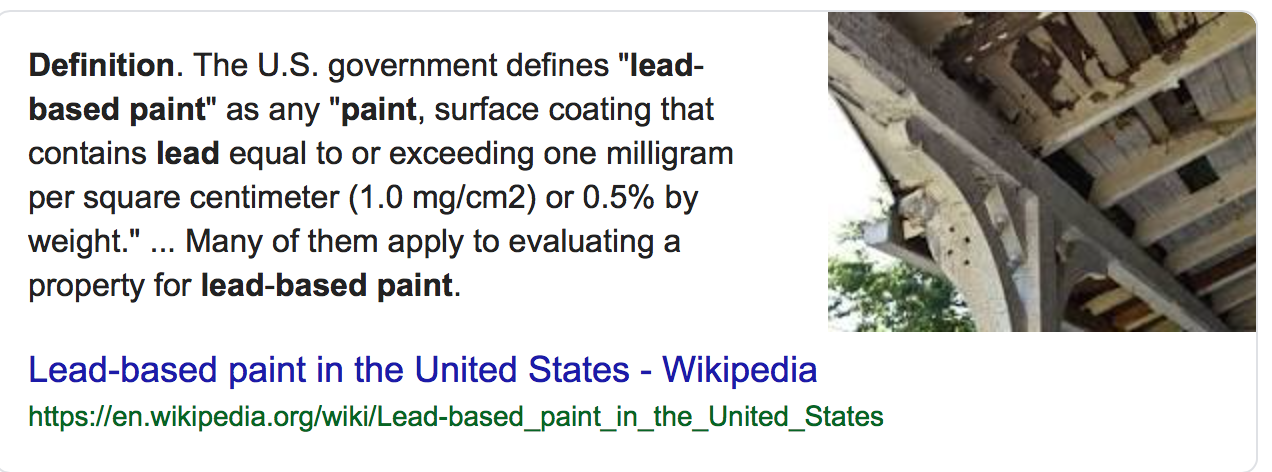
- As a result of the (misleading, confusing, and conflicting) Federal standards, hazard inspectors – seemingly across the board – often erroneously tell families that their home (or dining table, in this case) is “negative” for Lead if it is below 1.0 mg/cm^2.
- They pass along this misinformation when their HUD-standard-pass/fail radioactive-source XRF instrument — that is not the kind of instrument designed for testing consumer goods and lacks the capability of testing/reporting items in ppm altogether — “passes” a tested surface at the instrument’s low-threshold of “below 1.0 milligram of Lead per cm squared“.
- As an example, a “pass” reading of, say, 0.9 mg/cm2 is roughly equivalent to 4,500 – 9,000 ppm — which is FIFTY to ONE HUNDRED times the current Federal standard of what is considered unsafe for children in the paint or coating on consumer goods!
- In the case of the table in this story it would likely have gotten a “pass” reading of 0.1 to 0.3 mg/cm^2 – which the inspector then used to assert the (mis)interpretation that the table was “‘negative’ for Lead.”
- To reiterate: at these levels (below 1 mg/cm^2), the tested surfaces are NOT “negative” for Lead — they are merely below the antiquated, seriously-deficient pass/fail HUD testing standard originally set to determine whether the Lead paint on the walls of low-income housing meets the “Lead-based paint” criteria to qualify for Federal remediation funds!
- When home hazard inspectors begin testing consumer goods with the WRONG instruments (lacking the required sensitivity and proper software modules for this type of testing) and erroneously telling families their consumers goods (like kitchen tables) are “negative for Lead” they are quite literally taking the lives of children into their hands in an irresponsible, misguided attempt to reassure a family that things are safe, when they are not.
This has got to stop.
Hazard inspectors need to STOP testing consumer goods with the wrong instruments, (and with instruments that don’t have the appropriate software for this type of analysis).
Hazard inspectors need to STOP offering parents their unqualified opinions of what is “safe” or not.
Hazard inspectors need to stick to what they are trained to do AND when they tell families that their readings are “below one” they need to clearly explain to their clients that this reading of 1.0mg/cm^2 is ONLY the (arbitrarily-set) qualifying level at which Federal funding is allocated — NOT a level that is meant to be interpreted as protective of children’s health.
As a result of this fundamental misunderstanding by many hazard assessors of the Federal remediation-funding-assistance standards for Lead paint (vs. what is actually protective of children’s health) – literally every day I hear from families who don’t understand why their children were poisoned in homes where the inspector told them “they could not find any hazards or areas of concern”.
Take aways:
- Big Picture: Federal standards need to change to be protective of children’s health, and the training of hazard inspectors needs to reflect these changes. In the meantime…
- Avoid “Shabby Chic” or distressed furniture – or furniture made from reclaimed or recycled vintage materials that may have been previously painted with Lead paint.
- Don’t let your hazard assessor give you their opinion about whether or not your home is safe – just get the numbers from them. Learn what those numbers mean so that you can make an educated decision about what is safe for your family. (Feel free to e-mail me if you have questions!)
- IF you are a hazard assessor and you do not have an appropriate XRF instrument designed for testing consumer goods (with readings in parts per million) please STOP testing consumer goods and STOP giving parents opinions about the safety of consumer goods based on the erroneous test results of the machine that you are not using as intended.
As always, please let me know if you have any questions. While this might seem like an attack on hazard assessors, that is not my intention. I want to support hazard assessors in doing the right thing to protect children – however after years of this message falling on seemingly deaf ears (in speaking to many in the professional lead hazard assessor community), the second best approach in my opinion is to educate parents about the concern for this type of professional misinterpretation of data.
Thank you for reading and for sharing my posts.
This is an especially important story for you to share with friends who might have distressed painted furniture (or shabby chic furniture or reclaimed wood furniture) in their homes.
To see the letter I wrote for the family to share with the vendor (in an effort to obtain a refund for their table), please continue reading below.
Tamara Rubin
#LeadSafeMama
Earlier today, the mama from this “story” left the following comment on one of my posts on Facebook. While I am thankful for the endorsement of my work, I am more thankful that we were able to find the source of her kiddo’s exposure and remove it from their home!
Here’s the letter I wrote for the family to share with the vendor of this table in the hopes that they will get a refund for their return of the item (click the image to see the full size letter):
The photos below are close ups of the surface of the table’s matching bench:
Another close up of the bench without the rug underneath:
Never Miss an Important Article Again!
Join our Email List


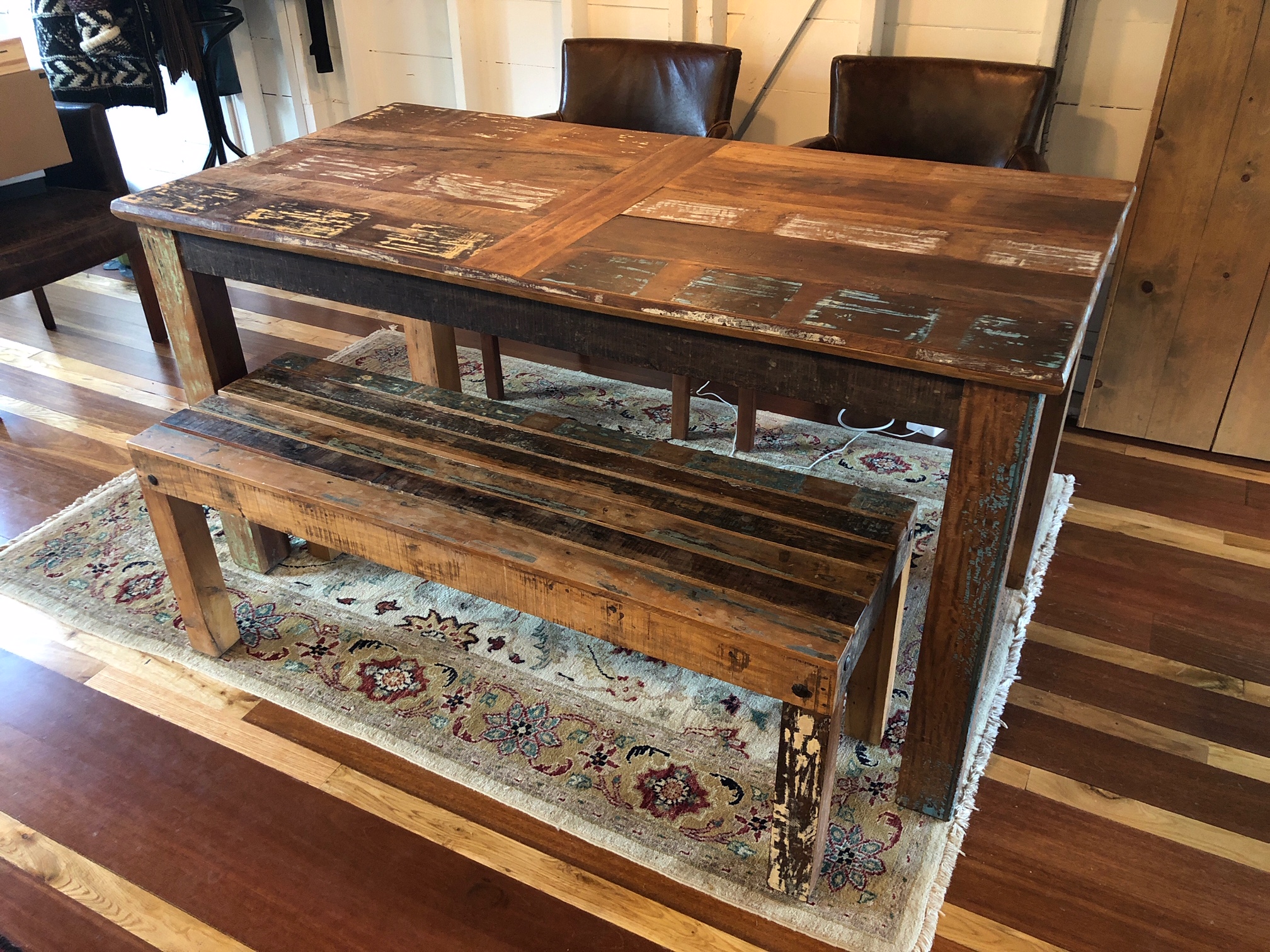
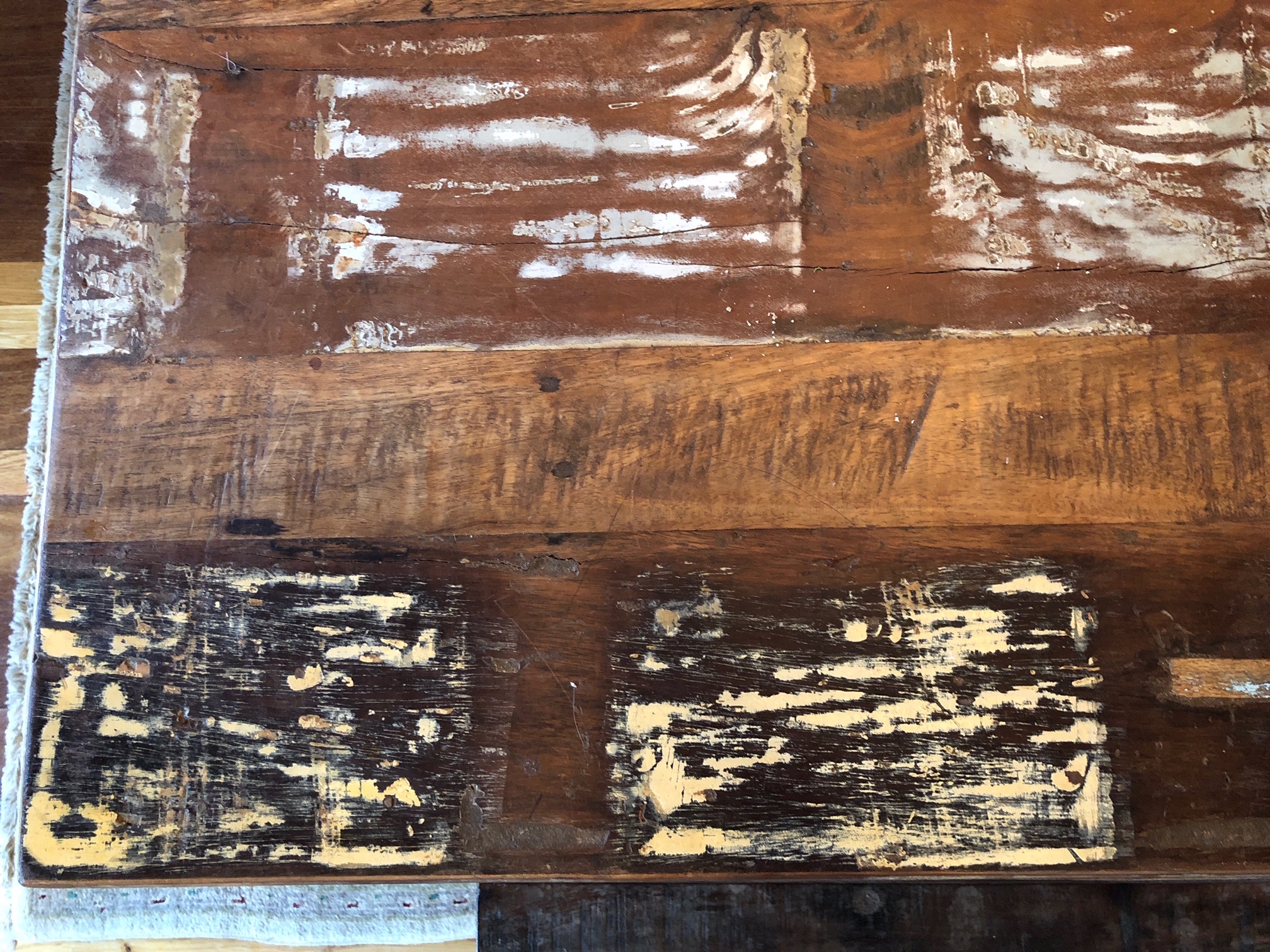
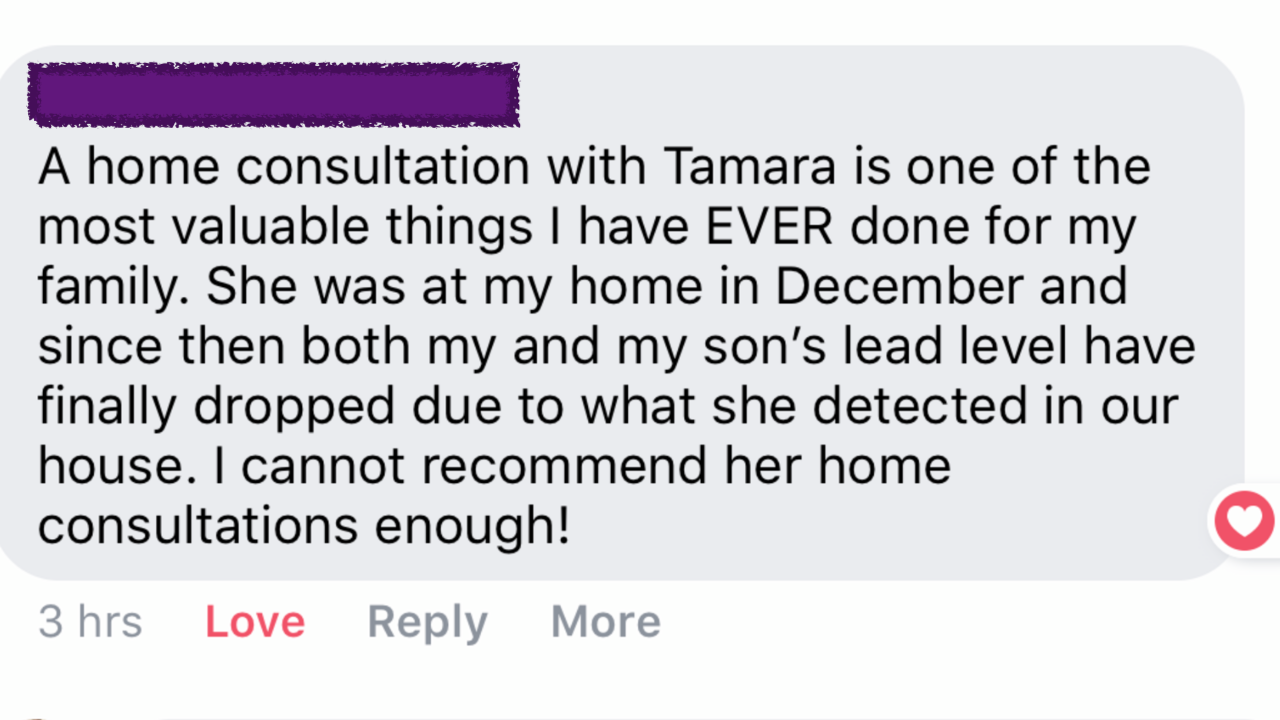
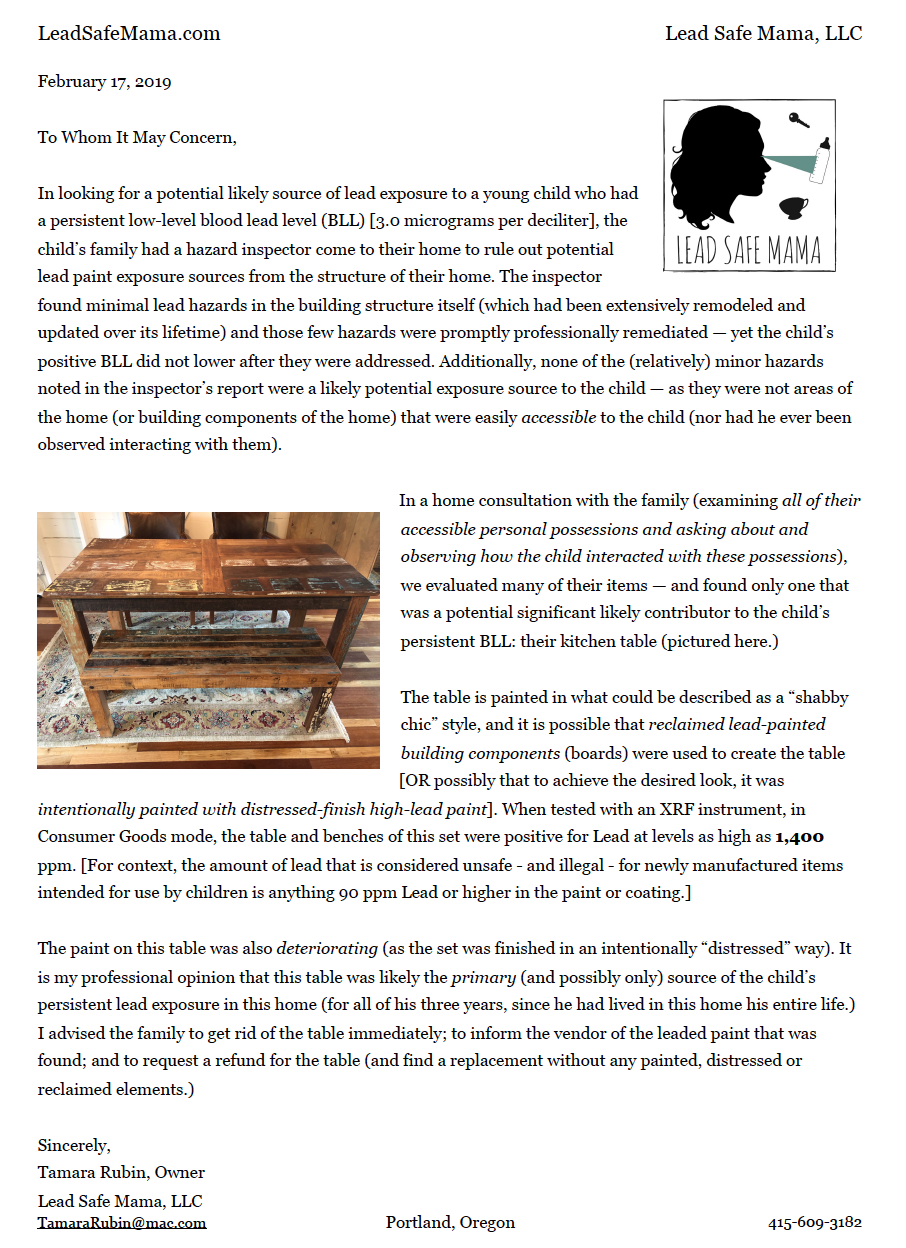
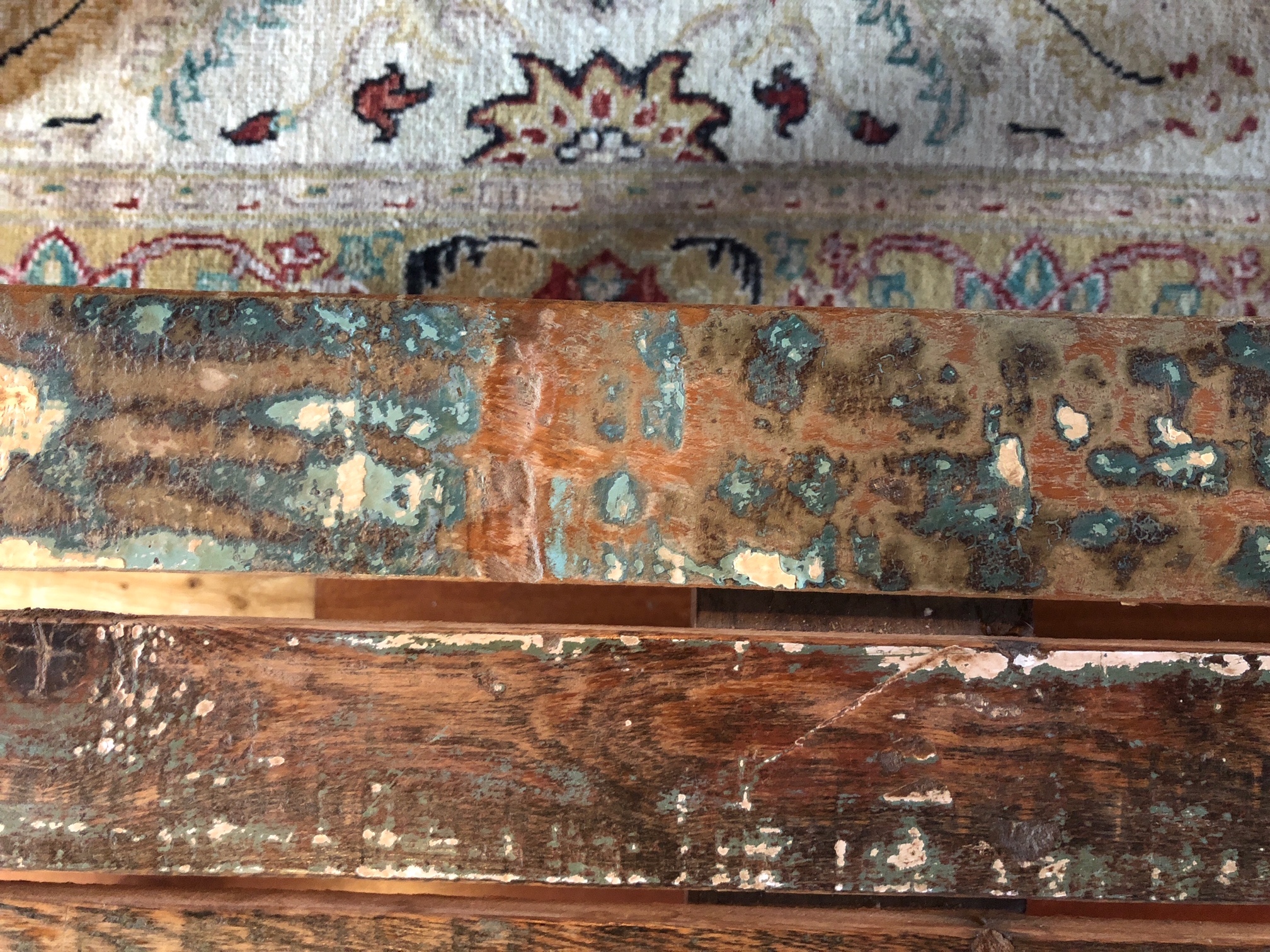
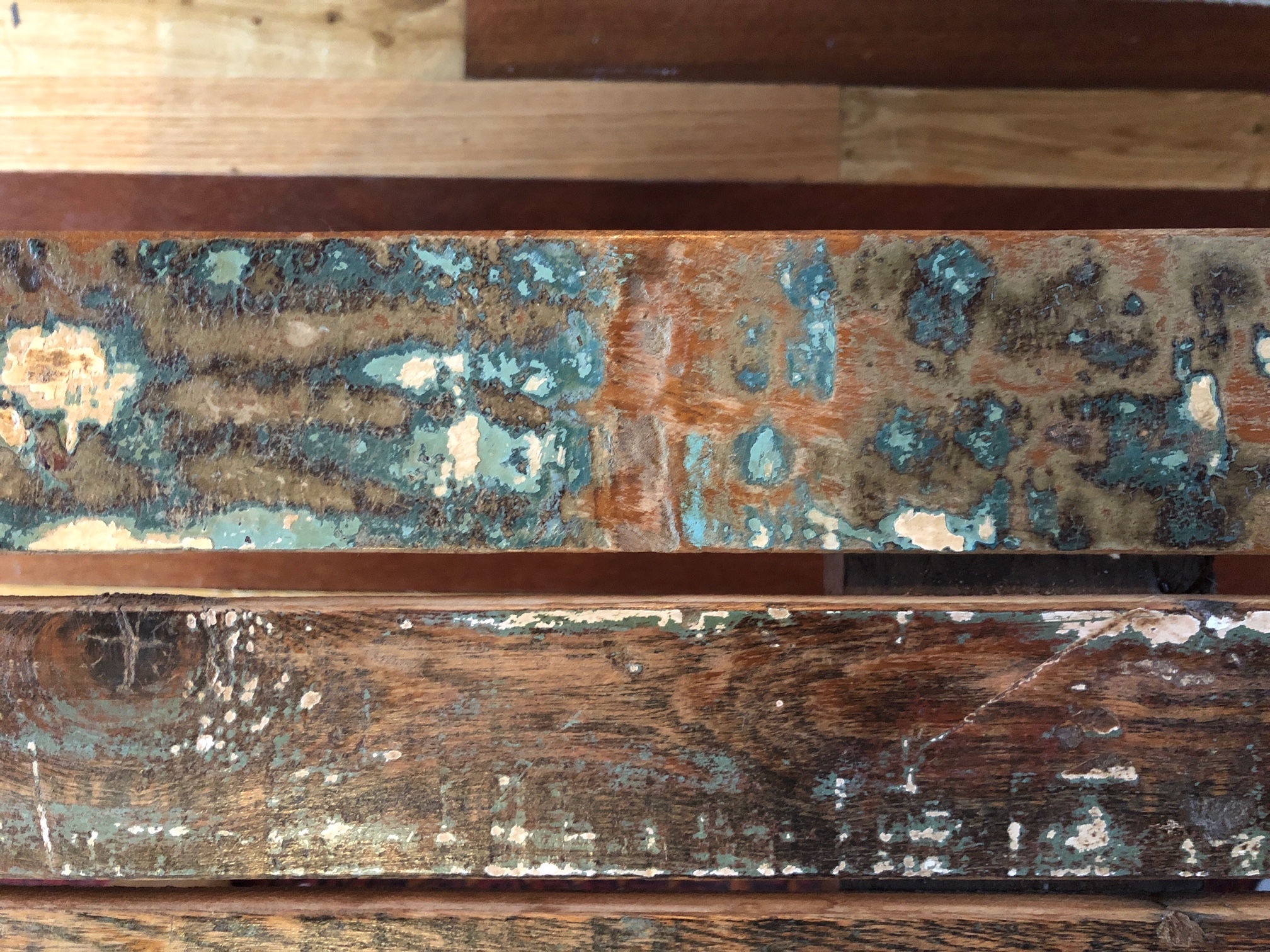

Tamara, thank you for this post. Can you explain why new furniture (not vintage) that is made to look distressed would be a hazard but completely painted furniture would not? You say to avoid distressed furniture, but if today’s paints can still contain lead, wouldn’t any painted furniture be just as suspect? I’ve always been concerned that vintage painted or distressed furniture would contain lead, but I never thought the new pieces made to look old would be a problem. Thanks so much for all you do!
That’s awful that someone would sell a new piece of furniture with leaded paint on it. One other thing that our home inspector mentioned to us was that any wooden surfaces and objects in the home may be a source of lead exposure, because, back in the day, some people would stain wooden furniture, paneling, etc. with gasoline, which was leaded.
Wow, with all the focus on lead paint … on walls, floors, window & door trim, I too never thought about furniture & the other things people bring into their homes. And it’s not just lead, it’s other things like formaldehyde too.
Tamara, does this mean we need to be careful about what furniture we are buying? What about modern stuff that’s not distressed? What about drawer handles and knobs?
Wayfair is selling a table, Benoit 56’ Console Table by Mercer 41. Listed under the reviews, a buyer asked a question. Does the table have lead in it? The answer by Wayfare said yes. Please take a look at this table that is listed on Wayfair. I just want to know is it harmful to buy this table? Please advise. Thank you
We would LOVE for you to come to our home and figure out where our child’s lead poisoning is coming from! ❤️
Please text me and I will send you more info. 415-609-3182
Thank you.
T